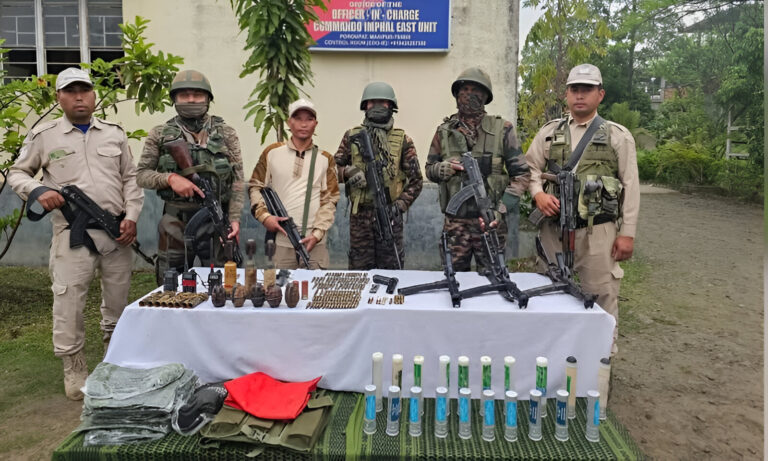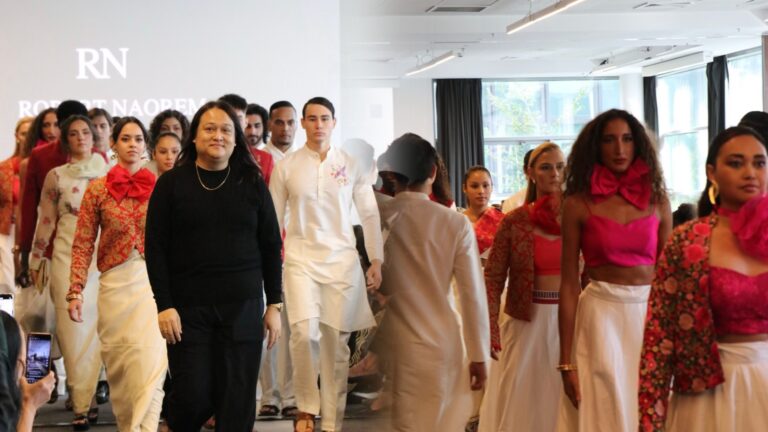The Controversy Surrounding the Monolith in Chandel
Summary of the Issue
The Aimol Tribe Union (ATU) in Manipur has strongly condemned statements made by Rt. Akhel concerning the controversial erection of a monolith in Chandel district. The ATU clarified its stance on the matter, emphasizing the significance of preserving their historical and cultural identity. They highlighted that such actions and remarks could potentially undermine peaceful coexistence among tribes in the region, reiterating the need for mutual respect and understanding in such delicate cultural contexts
Detailed Article:
Introduction: What Happened in Chandel?
Imagine a vibrant tapestry, where every thread represents a unique culture or history. Now, think of someone tugging on one thread—disrupting the harmony. That’s what seems to have happened in Chandel district, where a monolith erected by the Aimol community has sparked controversy. Statements from Rt. Akhel questioning this move have not only ruffled feathers but have also sparked a broader conversation about cultural identity, coexistence, and historical pride in Manipur.
The Significance of Monoliths in Tribal Culture
Monoliths aren’t just rocks. To many tribal communities, they’re sacred. They signify history, cultural pride, and a connection to their ancestors. For the Aimol community, this particular monolith was a testament to their resilience and historical presence in the region. But as with many symbols, their interpretation can vary—what’s a proud heritage to one group might seem provocative to another.
Why Did Rt. Akhel’s Statement Cause an Uproar?
Rt. Akhel’s remarks questioned the legitimacy of erecting the monolith, implying that it encroached upon the cultural space of others. For the Aimol Tribe Union, these comments felt like an attack on their identity. They responded swiftly, denouncing the remarks and calling for an immediate resolution.
The ATU’s Position: A Call for Peace
In their public statement, the ATU emphasized the importance of peaceful coexistence. They clarified that the monolith was not meant to provoke but to honor their heritage. The union also urged tribal leaders and communities to engage in dialogue rather than divisive rhetoric. After all, isn’t it better to weave threads together than pull them apart?
Underlying Issues: A Clash of Cultural Narratives
At the heart of this controversy is a larger issue—a lack of understanding and respect for each tribe’s unique history. Manipur is a mosaic of cultures, each with its symbols, traditions, and histories. When these narratives clash, the risk of division grows. The Aimol Tribe Union’s response highlights the need for education and dialogue to bridge gaps and foster mutual respect.
The Way Forward
So, where do we go from here? The ATU has called for constructive dialogue, urging stakeholders to focus on unity rather than discord. This incident could be a turning point—a chance to foster understanding and strengthen the bonds between Manipur’s diverse communities.
FAQs
- What is the controversy about? The controversy revolves around a monolith erected by the Aimol community in Chandel, which sparked criticism from Rt. Akhel, leading to cultural tensions.
- Why are monoliths significant to tribal communities? Monoliths symbolize heritage, cultural pride, and a connection to ancestors, making them deeply important to many tribes.
- What was the Aimol Tribe Union’s response? The ATU condemned Rt. Akhel’s remarks, clarified the purpose of the monolith, and called for peaceful dialogue to resolve the issue.
- How does this reflect broader challenges in Manipur? The incident underscores the challenges of preserving cultural identity while fostering peaceful coexistence among Manipur’s diverse tribes.
- What steps are being taken to address this? Tribal leaders and the ATU are advocating for dialogue and understanding to bridge cultural divides and prevent further conflicts.





